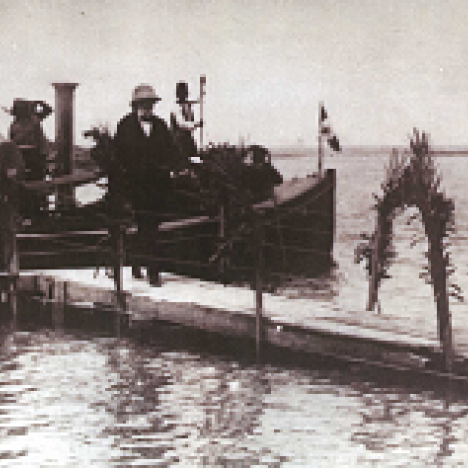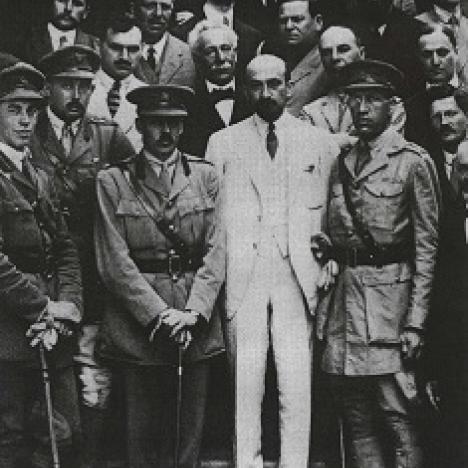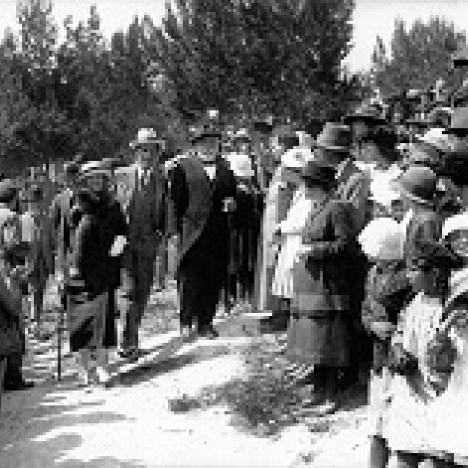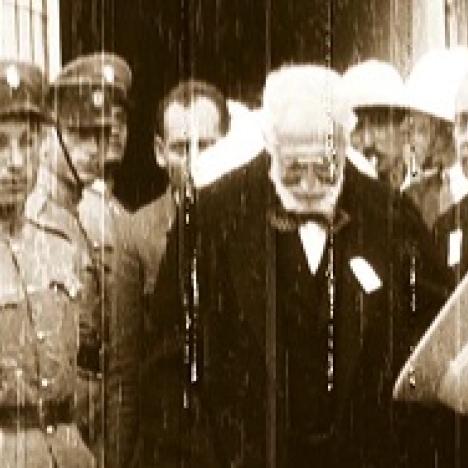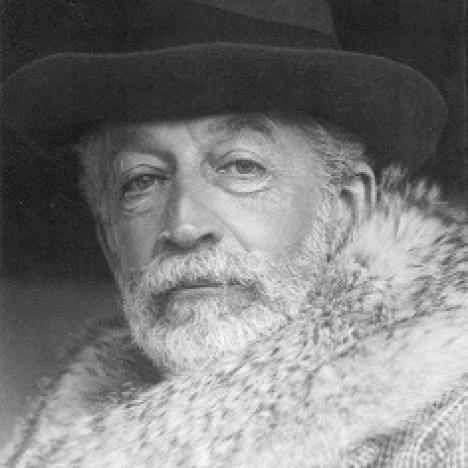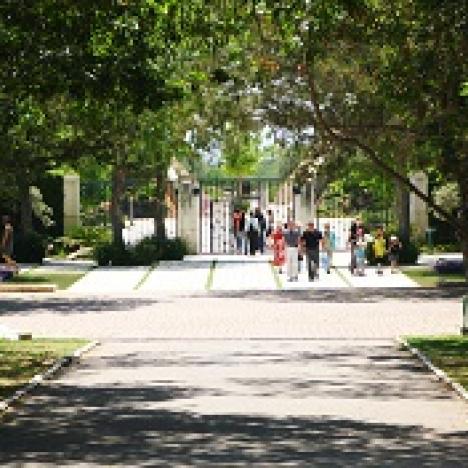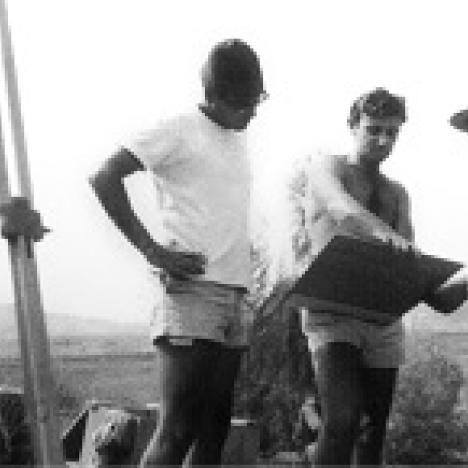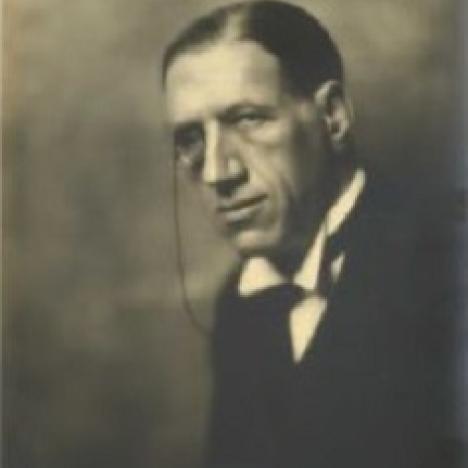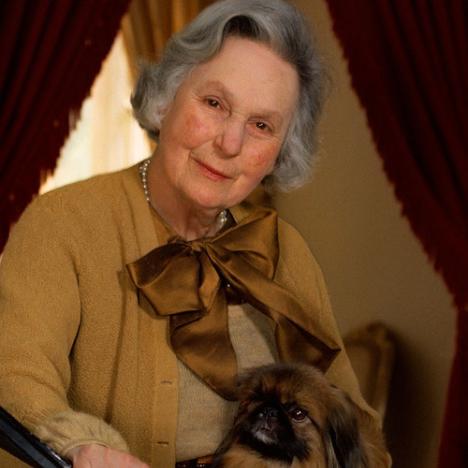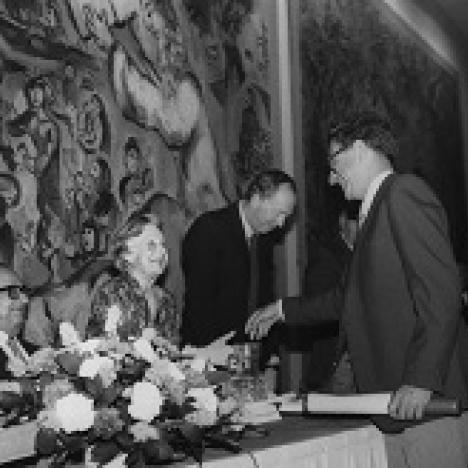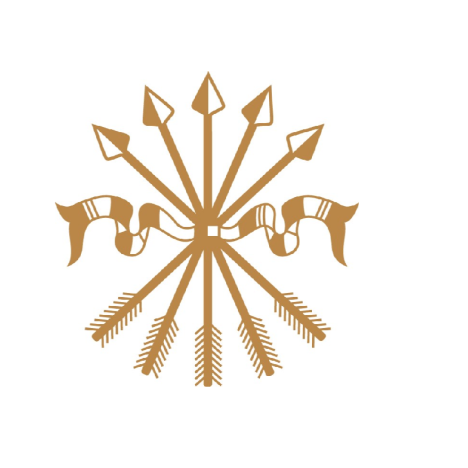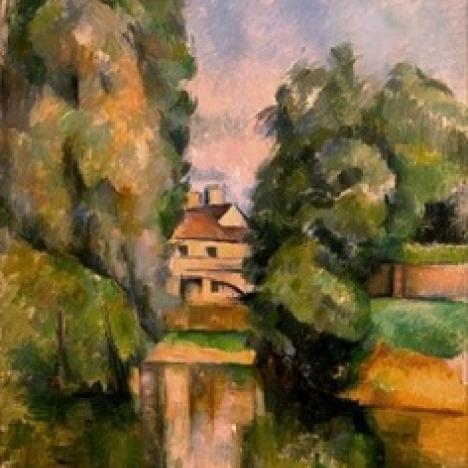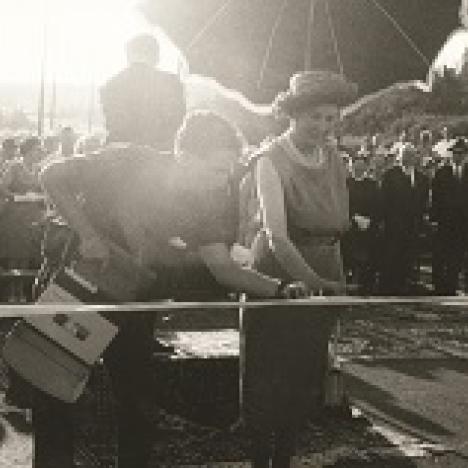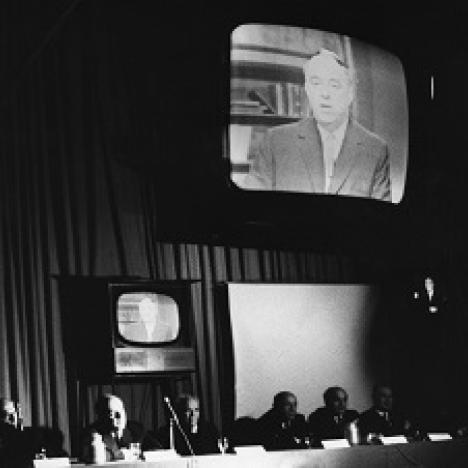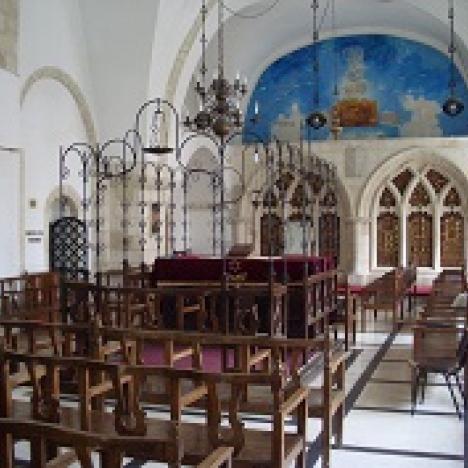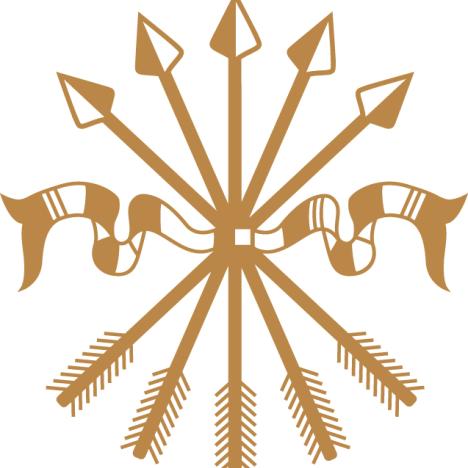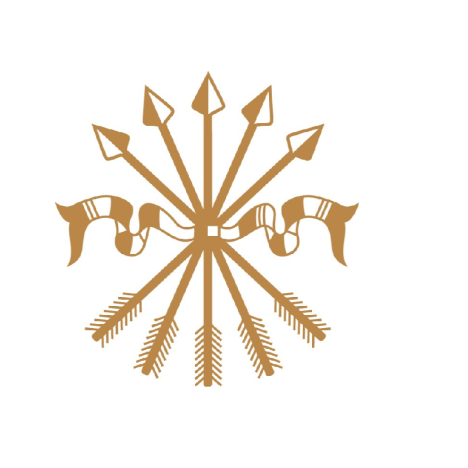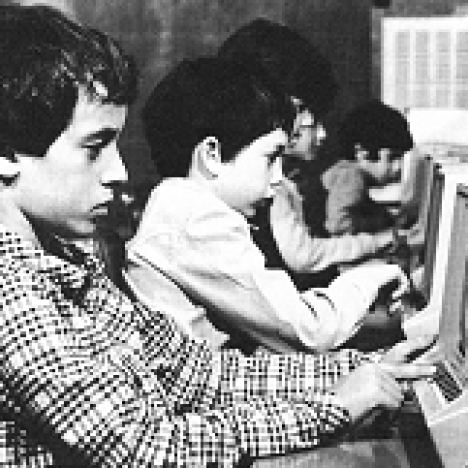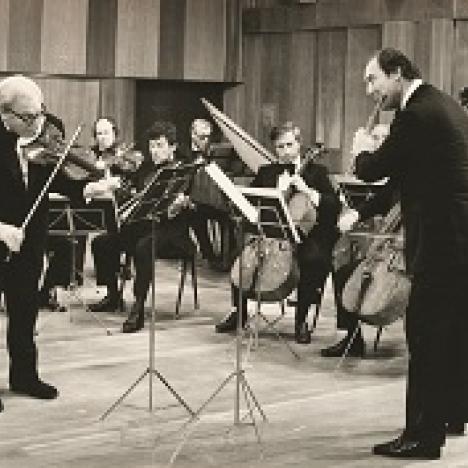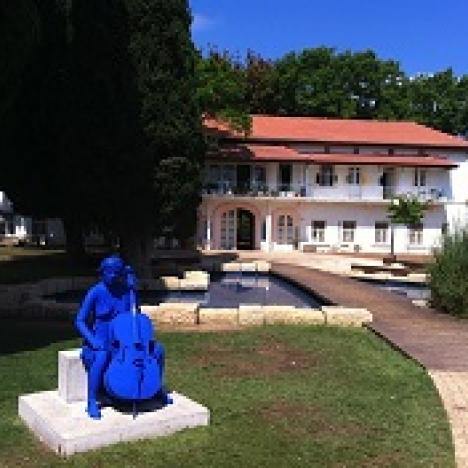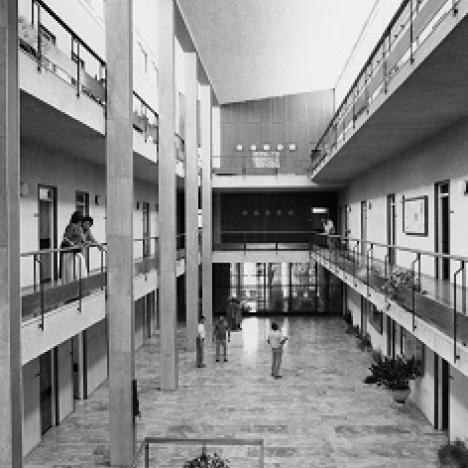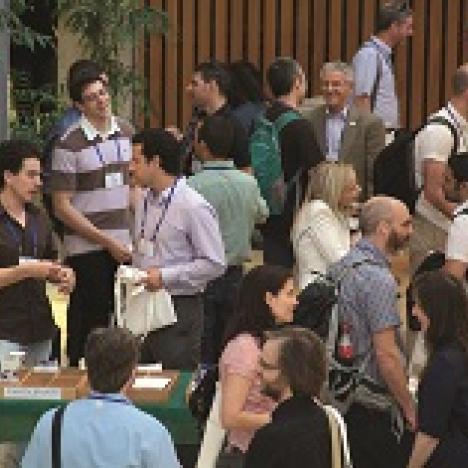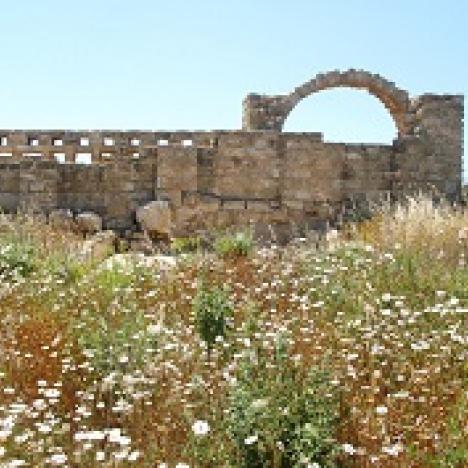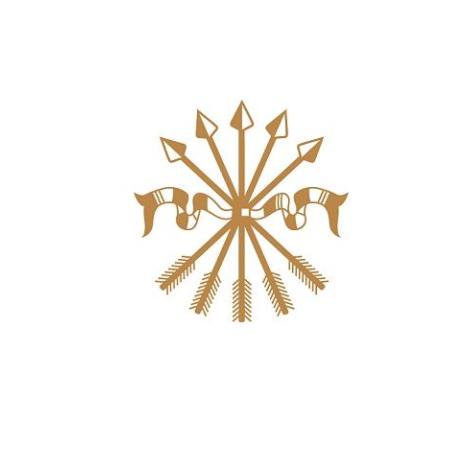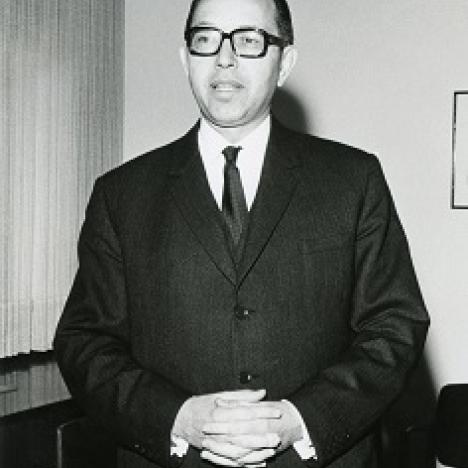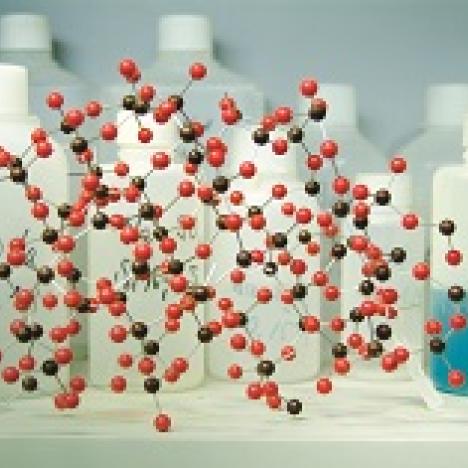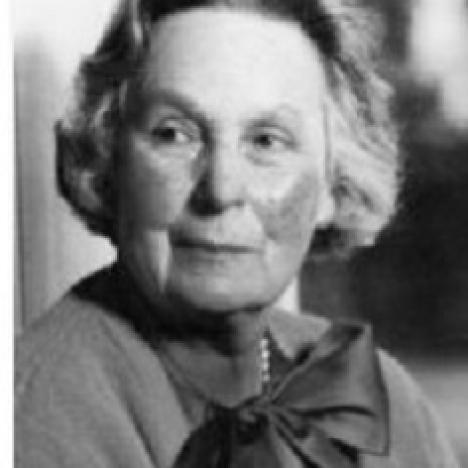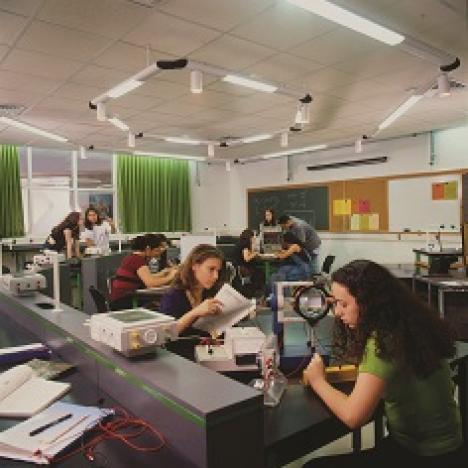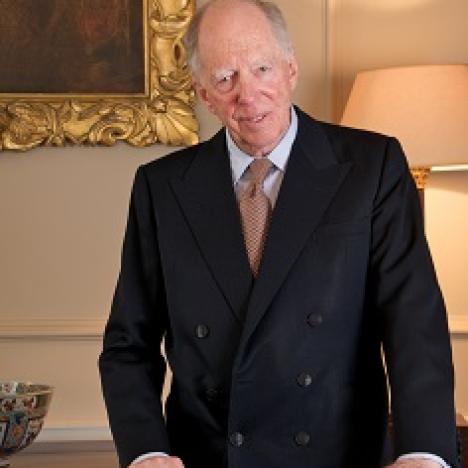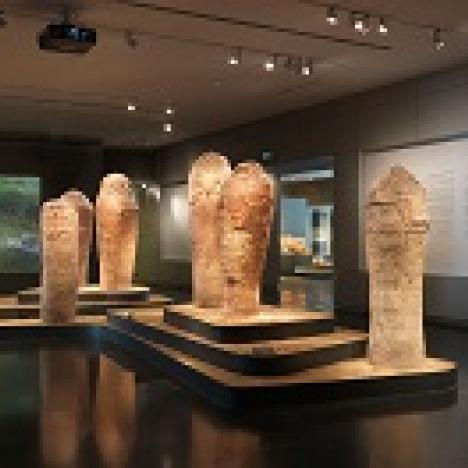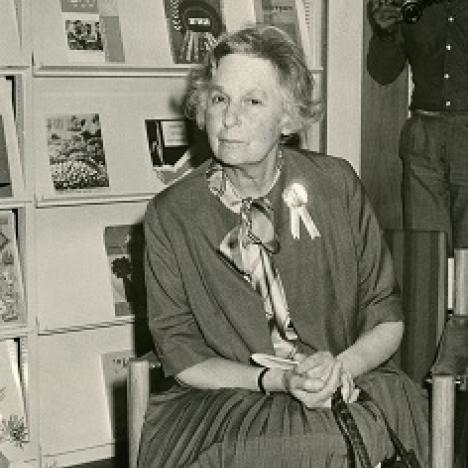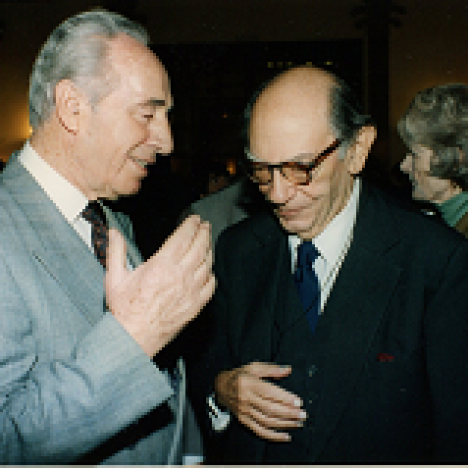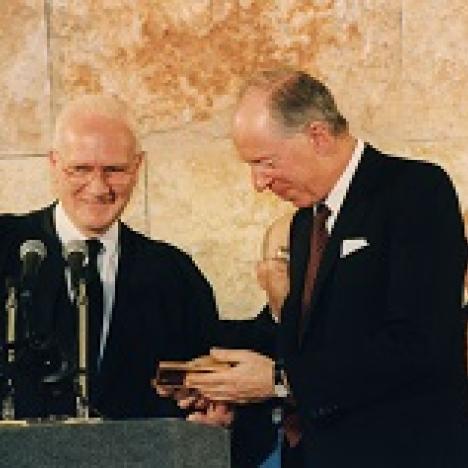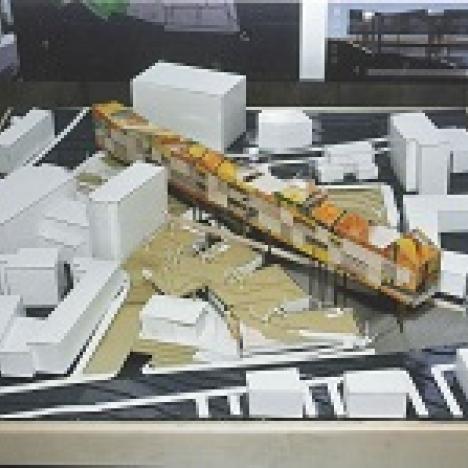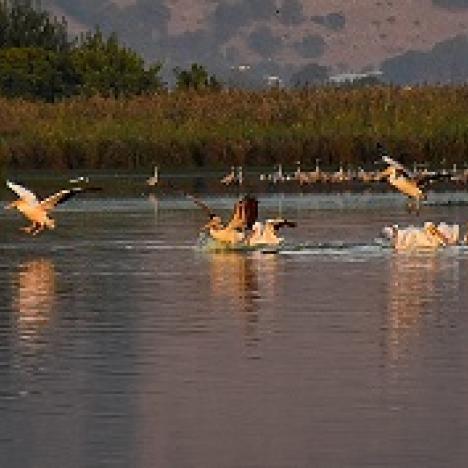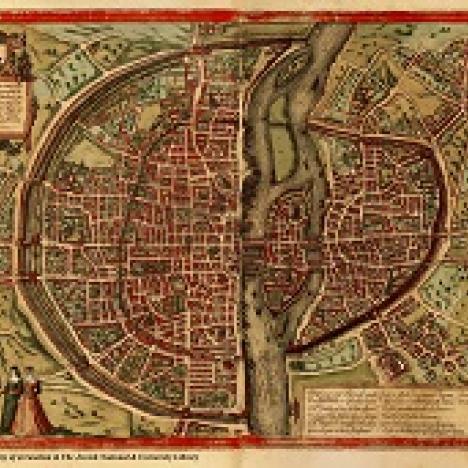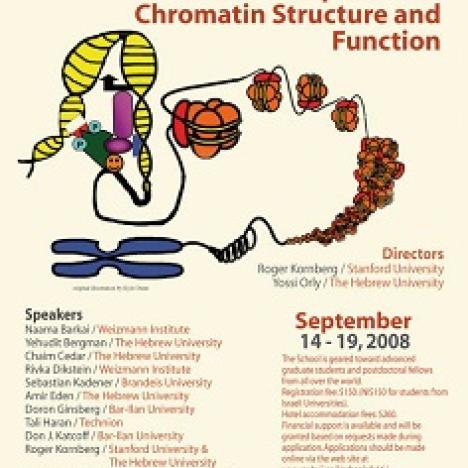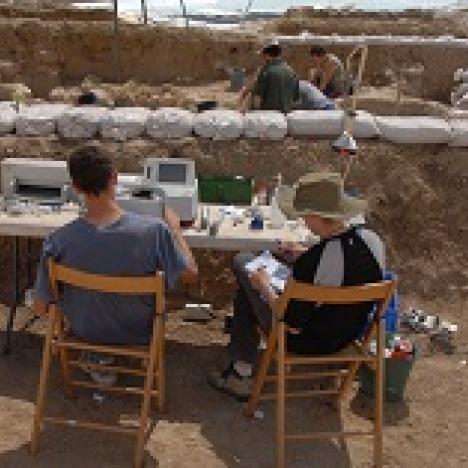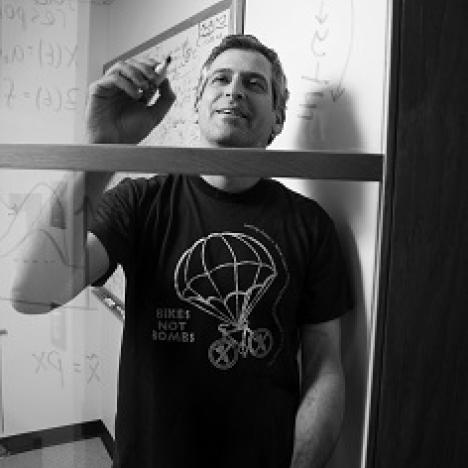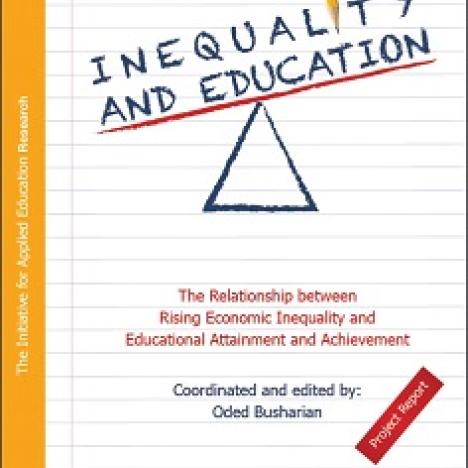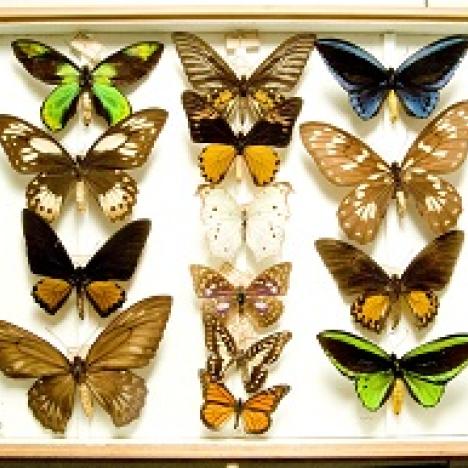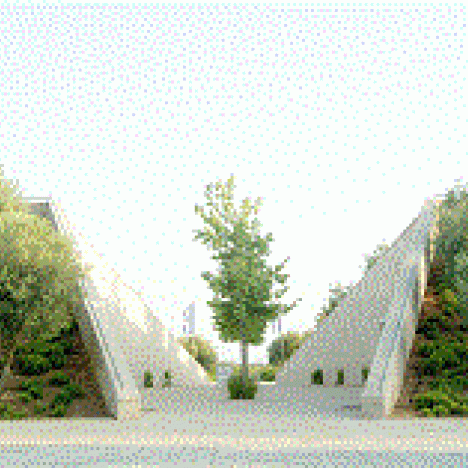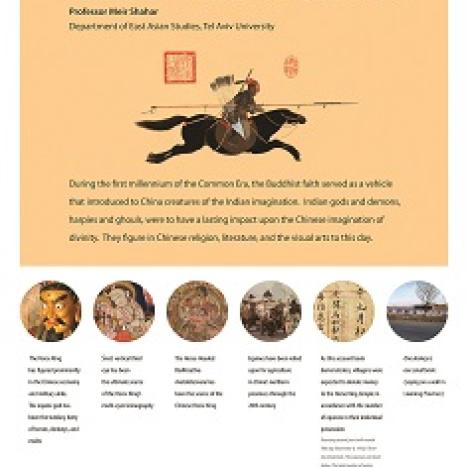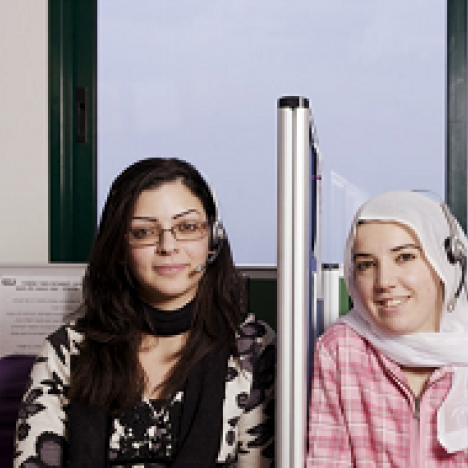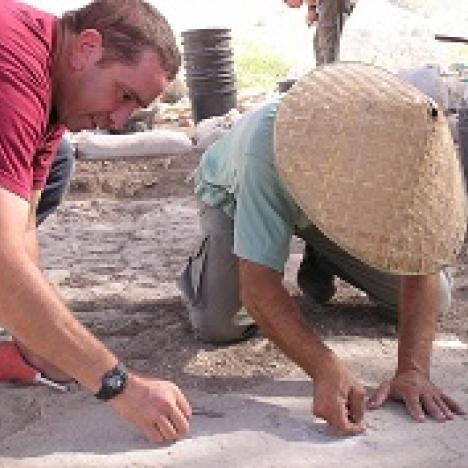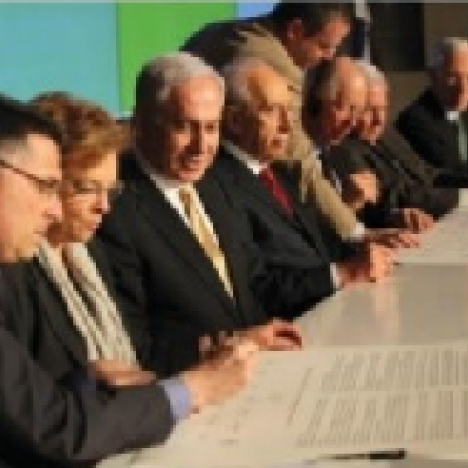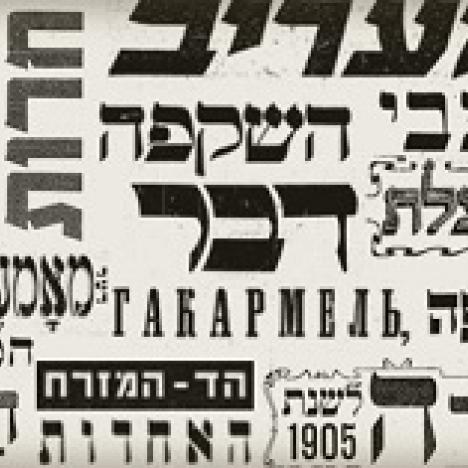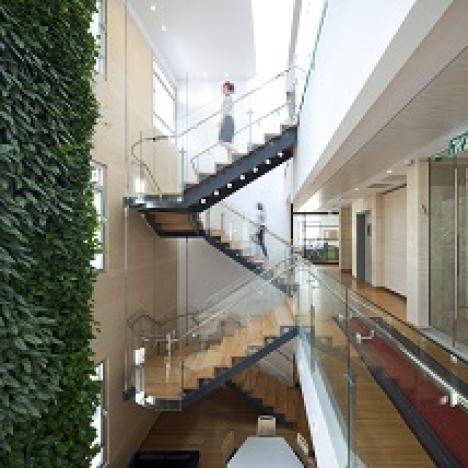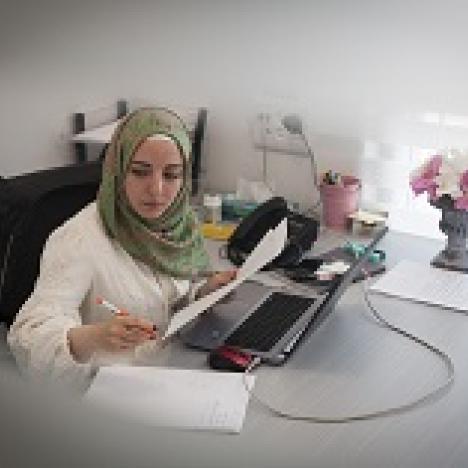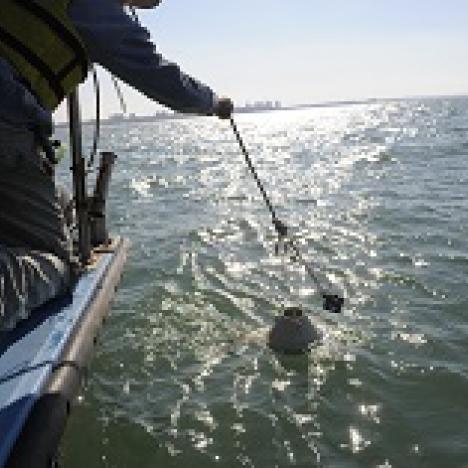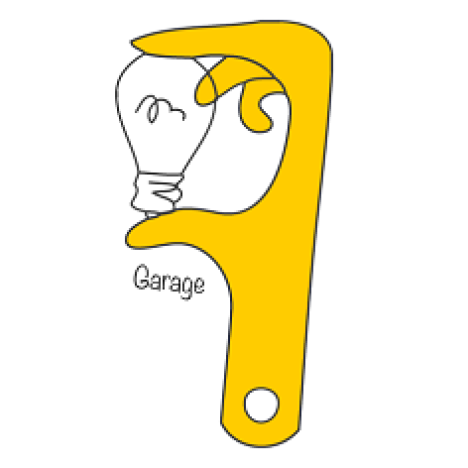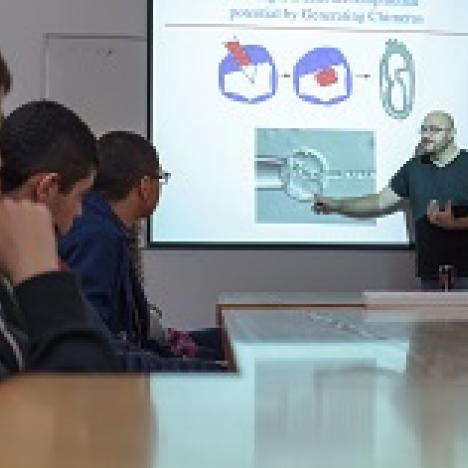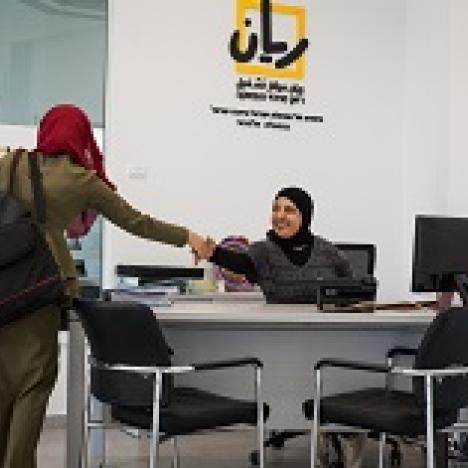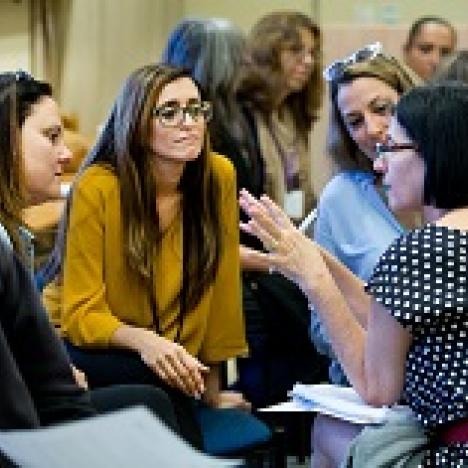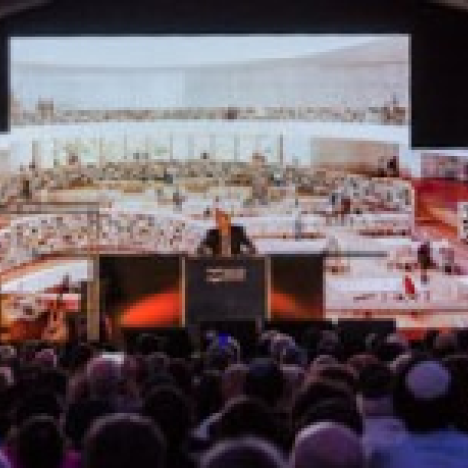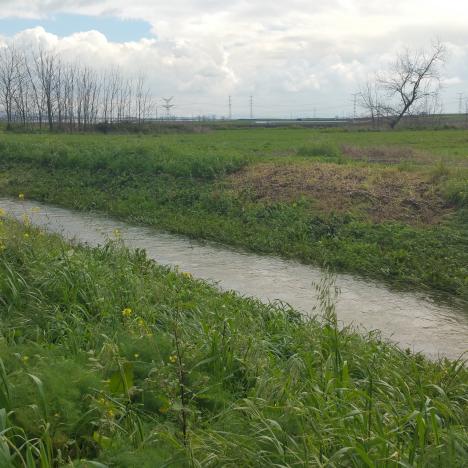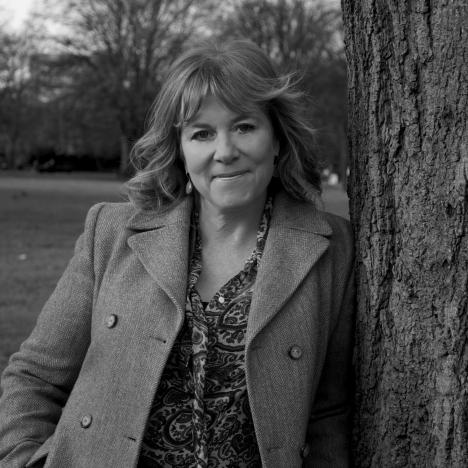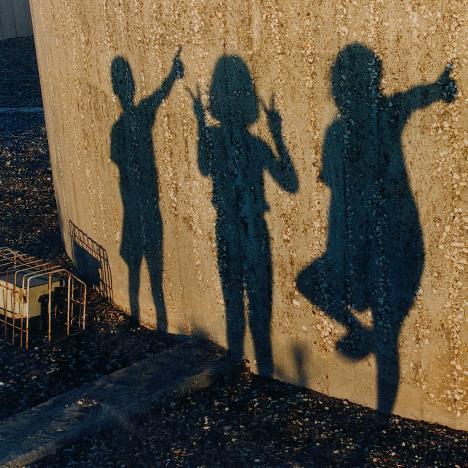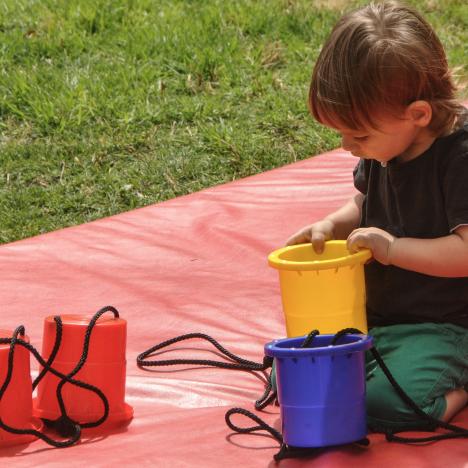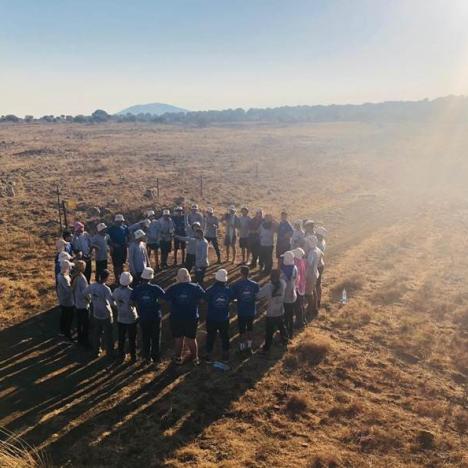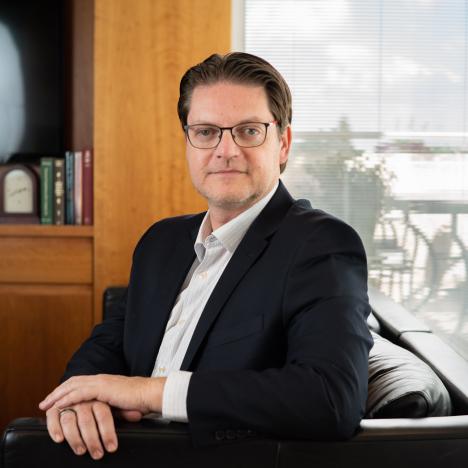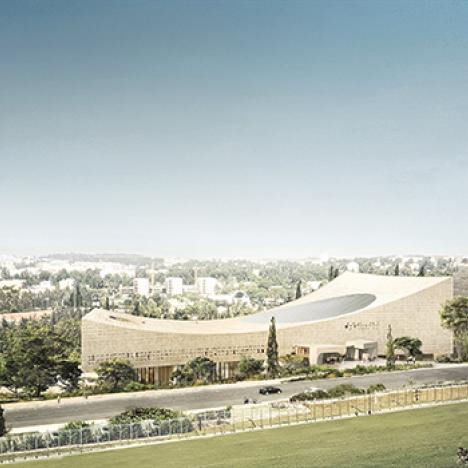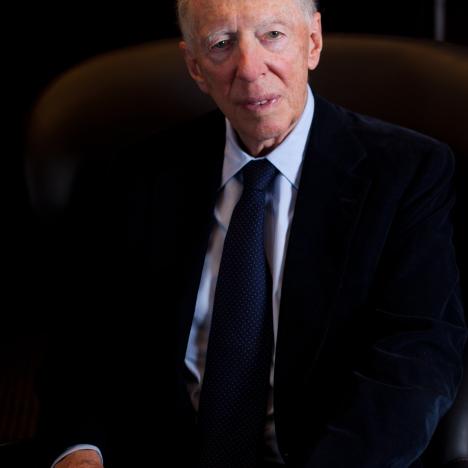At the end of the 19th century, the lot of the Jew in Russia was a particularly difficult one, marked by persecution and pogroms. As early as 1880, Baron Edmond de Rothschild and his brother Alphonse organised a committee for the relief of the pogrom-stricken Jews of Russia. At the time, Edmond, the son of James and grandson of Meyer Amschel, was 35 years old. Two years later, he made up his mind to settle Jews from Russia and from elsewhere in Palestine.
The name ‘Hanadiv’ is the Hebrew word for benefactor and it is appropriate that through the Foundation that bears this name, Yad Hanadiv, he is honoured to this very day. Baron Edmond’s motives were partly philanthropic and partly religious, but he was truly a pioneering Zionist - amongst the first to believe in a Jewish home in Palestine, a national existence for the Jews, a place for the development of the Jewish people. He asked in his will that he and his wife Adelaide both be buried in Palestine as it then was. Twenty years after his death in 1934, his remains and those of his wife were taken from the Père Lachaise cemetery in Paris, via an Israeli naval frigate, to Haifa. He was given a state funeral and buried on the top of a hill near Haifa in the area known today as Ramat Hanadiv, which overlooks many of the agricultural settlements and towns which Edmond himself had helped found.
He declared in a speech to the early settlers: ‘I did not come to your aid because of your poverty and suffering for, to be sure, there were many other similar cases of distress in the world. I did it because I saw in you the realisors of the renaissance of Israel and of that ideal so dear to us all – the sacred goal of the return of Israel to its ancestral homeland.’
Edmond entrusted his son James de Rothschild with the task of carrying on his work. Towards the end of the First World War, the question of a home for the Jews in Palestine was coming to the fore under the leadership of Chaim Weizmann. James de Rothschild had by then settled in England, and he and his wife Dorothy were committed to Zionism and assisted Weizmann with his contacts in Britain. However, it was to the second Lord Rothschild, Walter, to whom the British Government turned and finally, in November 1917, addressed the famous Balfour Declaration:
His Majesty’s Government view with favour the establishment in Palestine of a national home for the Jewish people and will use their best endeavours to facilitate the achievement of this object, it being clearly understood that nothing shall be done which may prejudice the civil and religious rights of existing non-Jewish communities in Palestine or the rights and political status enjoyed by Jews in any other country.
In 1948, the State of Israel was declared based on a 1947 UN resolution. For three quarters of a century the work of Edmond and his son James had been threatened with setbacks and disasters, with wars, disease and famine. It was a fundamentally poor country with a lack of natural resources and no oil, but the Jews somehow managed through the capital which they did possess – technical skills, ingenuity, energy and desperation - to create fertile farms, factories and cities and a living organic Jewish society with a brilliance in scientific technology.
By 1957, James wrote to the Prime Minister, David Ben-Gurion, to say that the principles which he and his father had always adhered to were ‘First, that we did our work without regard to political considerations and second, we endeavoured to give to Israel and her people all that we could without seeking anything in return – neither profits nor gratitude nor anything else’. He declared that he was turning all remaining property in their hands over to national institutions, and asking that the State and the people, supported by world Jewry, carry on with the work. He decided to give most of the remaining available funds to the construction of a new Knesset building in Jerusalem, with the hope that the new building should become ‘A symbol in the eyes of all men of the permanence of the State of Israel’.
James left the door open regarding the future, stating that he wanted to look into the possibility of making a modest contribution towards the advancement ‘of science, art and culture in Israel’. Following James’s death in 1957, his widow Dorothy delivered the letter to Ben-Gurion and reaffirmed to the Prime Minister that she would examine whether some future contribution in the fields James had mentioned might prove feasible. Ben-Gurion responded: ‘…your husband’s letter marks not the closing of his historic life’s work, but the supreme expression of his relationship and identification with Israel. …truly a great father was followed by a son no less great.’
Dorothy de Rothschild, from the death of her husband until her own death in 1988, gave unremittingly and unswervingly through her endeavours to honour the wishes of her husband and of his father Edmond. Under her leadership, Yad Hanadiv was formed and projects were undertaken that ranged from the establishment of Educational Television, the Open University, the Centre for Educational Technology, the Jerusalem Music Centre in Mishkenot Shaananim and HEMDA - the Centre for Science Education in Tel Aviv.
Dorothy was assisted by a group of distinguished Advisors, which included Lord Victor Rothschild, the Hon. Amschel Rothschild and Sir Isaiah Berlin [and Lord Jacob Rothschild]. They were later joined or replaced by other family members, Professor Emma Rothschild and Mme Béatrice Rosenberg de Rothschild, and colleagues such as James Wolfensohn – the namesake of James de Rothschild, who served with Wolfensohn’s father in the Jewish Battalion during WWI.
One of the highlights of this period was the building of the Supreme Court which was completed in 1992. In 1984, Dorothy de Rothschild wrote to Prime Minister Shimon Peres, offering to fund construction of a new Supreme Court building, which she viewed as ‘a development of the work of both my husband and of his father before him’. The aim of both men was to provide some of the essentials needed by the people of Israel since the days of the first Aliyah. These ideals still animate the Foundation and will, hopefully, continue to inspire future generations to come.
Adapted from a speech delivered at Waddesdon, July 2009 by Lord Rothschild, Chair, Yad Hanadiv
Lord Jacob Rothschild served as Chair of Yad Hanadiv from 1989 until 2018. He currently serves as the Foundation's President. In 2018, Lord Rothschild's daughter, the Hon. Hannah Rothschild, assumed the role of Chair.
